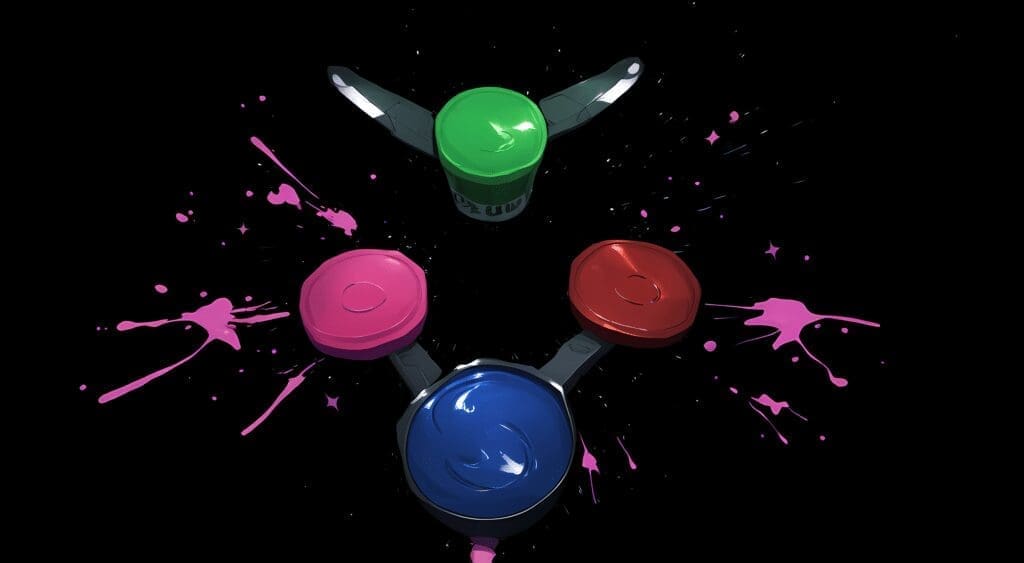From flashing lights and level-up sounds to randomized rewards and hidden unlockables, today’s PlayStation games are masters at keeping players locked in. These systems aren’t just clever—they’re backed by behavioral psychology designed to reinforce engagement and deliver satisfaction at just the right moment.
While this isn’t a new concept in game design, it has evolved considerably with the rise of persistent, replay-heavy games across both console and mobile ecosystems. And PlayStation titles in particular have embraced this deeply, integrating everything from subtle audio cues to sophisticated reward loops that keep players coming back session after session.
The Psychology Behind Modern Game Design
At the core of many PlayStation games lies the concept of operant conditioning, a psychological principle where behavior is shaped by consequences—either rewards or punishments. When you defeat a tough boss and are immediately showered with visual effects, coin sounds, and loot screens, that positive reinforcement helps lock in a sense of accomplishment.
Games like Returnal, Gran Turismo 7, and Ratchet & Clank: Rift Apart exemplify this. Each uses tightly designed triggers that reward players with just enough gratification—through visuals, audio, and in-game bonuses—to reinforce continued play. The cycle of play, reward, and anticipation keeps engagement high and encourages players to chase their next milestone.
These systems are also deeply ingrained in other game styles. Social gaming platforms like High Roller offer a great example of how visual and sound-based feedback, randomized rewards, and tiered prizes are structured to enhance repeat gameplay. These same principles have found their way into the design philosophy of modern console gaming, including many of PlayStation’s best titles.
Reward Loops and Progression Systems
One of the most compelling triggers is the reward loop. Whether it’s XP bars that fill up incrementally or crafting systems that require just “one more” resource, these loops are structured to give a sense of continuous progress.
In Horizon Forbidden West, for example, the skill tree system combined with collectible upgrades and story beats feeds into a structured progression cycle. Each accomplishment—big or small—is met with audiovisual feedback that signals success. That “ding” when unlocking a skill or completing a quest isn’t just satisfying—it’s deliberately engineered to keep players immersed.
Short-term goals (like defeating a mini-boss) and long-term goals (like maxing out an armor set) are often layered in parallel to ensure that players always feel like they’re working toward something.
Variable Rewards and Randomization
Another powerful behavioral trigger used in PlayStation games is the variable reward system. Much like a digital prize wheel, this approach delivers random rewards at unexpected intervals—tapping into the brain’s dopamine response system.
Loot-based games like Borderlands 3 or Destiny 2 have refined this mechanic to an art form. The random nature of gear drops, combined with occasional ultra-rare finds, creates a sense of anticipation and unpredictability that players find hard to resist. Even games like Spider-Man: Miles Morales incorporate randomized elements in their collectibles and crime events.
This strategy parallels what’s seen in the broader entertainment game world, where unpredictability increases the perceived value of rewards. A report from Stanford University’s Virtual Human Interaction Lab found that unpredictability and feedback timing are among the most effective ways to maintain engagement in interactive digital environments.
The Power of Audio and Visual Cues
PlayStation developers also leverage sensory feedback—particularly sound design and visuals—to reinforce player behavior. These elements often go unnoticed but are crucial to how we experience rewards and outcomes.
In Demon’s Souls or Elden Ring, for example, even small victories are marked with impactful sound cues and visual effects. Successfully landing a parry or defeating a tough enemy is punctuated with sensory signals that validate player skill.
These triggers mimic the reinforcement strategies used in other digital gaming platforms, such as the audio-visual feedback loops in casual and social-style games. Bright colors, flashing win animations, and signature sound effects aren’t just aesthetic choices—they’re behavioral nudges.
Daily Quests and Habit Formation
Many PlayStation games now include daily missions or limited-time events, tapping into habit-forming behavior. These features use time-sensitive objectives to create urgency and reward consistency.
Titles like Genshin Impact (available on PS5) and Final Fantasy XIV offer daily check-ins, login rewards, and streak bonuses. These systems build a sense of routine and anticipation—mirroring mobile and social gaming structures that emphasize short, regular interactions over marathon sessions.
Why It Works—and Why It’s Evolving
Behavioral triggers aren’t inherently manipulative; when used ethically, they enhance the play experience. They provide structure, satisfaction, and incentive, which are all critical to maintaining momentum in sprawling open worlds or skill-heavy challenges.
But as players become more aware of these systems, game designers are evolving how they apply them. Transparency, balance, and player choice are becoming just as important as the reward itself.
Whether it’s the thrill of pulling a legendary weapon or simply seeing a progress bar fill, these psychological levers remain at the heart of modern game design—and PlayStation developers are using them to perfection.

